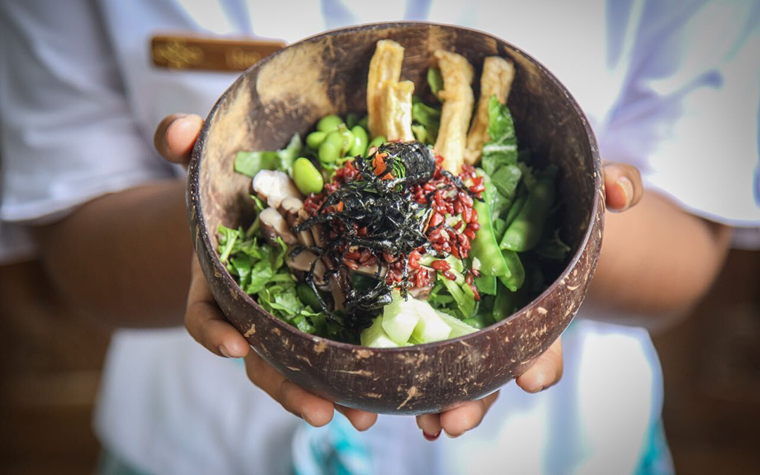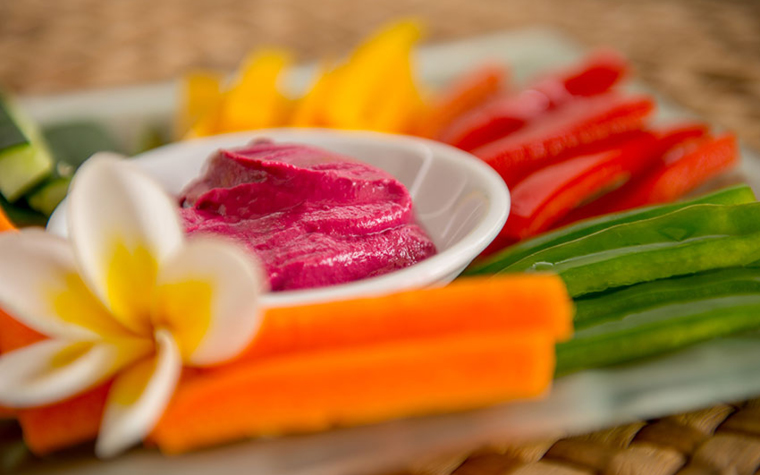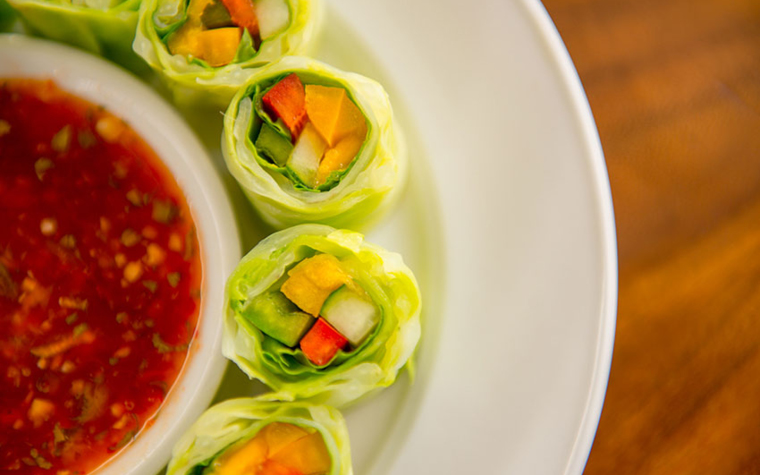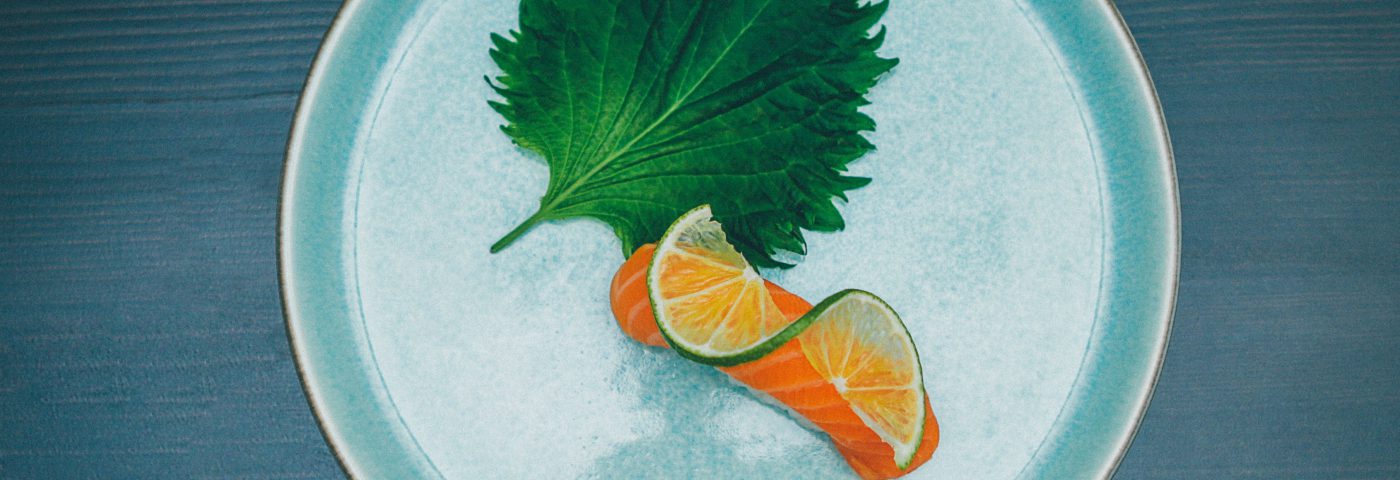We asked Chloé from Reuter: Intelligence, Asia’s leading luxury insights & research group, to explain how wellness has impacted culinary experiences within travel in the APAC region.
 Health & wellness is not a niche category but a key aspect in the lives of the luxury consumer demographic. F&B is, of course, a key pillar to any wellness offering. What we’re seeing from the leaders in the field is not just new menus and dishes, but new culinary concepts and diverse sub-sectors of food, drink and the idea of dining.
Health & wellness is not a niche category but a key aspect in the lives of the luxury consumer demographic. F&B is, of course, a key pillar to any wellness offering. What we’re seeing from the leaders in the field is not just new menus and dishes, but new culinary concepts and diverse sub-sectors of food, drink and the idea of dining.
Hotel dining has previously been seen – by the industry and consumers – as more of an indulgence, a splurge and time to let loose. The healthiest options usually offered are perhaps a juice bar or a ‘healthy menu’ with calories counted alongside each dish. While indulgence and luxury will of course remain, the new mindstyle of luxury Asian travellers means that travel brands need to match or exceed what they are already seeing in the world of food.
At home, the affluent, globally-aware elite are experiencing every new trend available to them; alternatives to dairy, continued interest in supplements and new diets. So, when they arrive to you, a juice bar and ‘leaf icon’ next to the couple of vegetarian options on the menu will be as disappointing as being unable to read where the ingredients were all (carefully) sourced from. Luxury wellness travellers are taking entire holidays dedicated to detox diets – showing the market is moving away from a mindset of ‘I’m allowed to eat what I want on holiday’ to a mindstyle of a holiday that continues to – is specifically catered to – achieve their body goals.
So what are the noteworthy sectors in F&B that will impact travel?
Moving Away from Meat
 With the world of wellness talking down meat for both body and world health, it’s a trend well worth taking note of 39 percent of urban Indonesians and 34 percent of urban Thais increased consumption of non-animal protein compared to the year before and 24 percent of urban Indonesians plan to follow a plant-based diet this year.1
With the world of wellness talking down meat for both body and world health, it’s a trend well worth taking note of 39 percent of urban Indonesians and 34 percent of urban Thais increased consumption of non-animal protein compared to the year before and 24 percent of urban Indonesians plan to follow a plant-based diet this year.1
The Upper House in Hong Kong serves a vegan ‘revitalising menu’, labelled as environmentally conscious. Grand Hyatt Manila now offers plant-based meat substitutes – Green Common’s Omnipork, Beyond Sausage and Burger. Not only advertised as ‘meat free’, such substitutes are branded as‘cruelty free’.
China’s vegan market is expected to grow over 17 percent by 2020 2, particularly in Hong Kong where the number of vegetarian and vegan restaurants has more than doubled in the last two years. Chinese government guidelines are encouraging the nation’s 1.38 billion people to reduce their meat consumption by 50 percent by 2030.3
Organic & Natural
China is the world’s largest importer of organic food products 4, while in the region, two thirds of Asian consumers believe in superfoods for treating ailments.5

Supplements
The Asia-Pacific nutritional supplement market was worth USD 44.02 Billion in 2017 and is forecast at a growth of 14.63 percent from the period of 2018 to 2023.6 The supplement market is segmented into Vitamins, Proteins, Amino acids, Enzymes and Botanicals supplements which had the highest share in Asia-Pacific in 2018.
Personalised Nutrition & Nutrigenomics
The sector is popular in APAC – according to Herbalife’s Asia-Pacific Balanced Nutrition Survey, a third of consumers are interested in personalised nutrition.
Nutrigenomics is when DNA and metabolism is tested to gain a full understanding of individual conditions. Ancestry testing services such as 23andMe are even offering nutrition analysis, and Nestlé has pilot-tested AI-supported DNA analysis in Japan.
Low Sugar
Countries including Thailand, the Philippines and Borneo have introduced some form of sugar tax, meaning brands and their suppliers have been striving to reformulate their products. Stevia remains a popular alternative, and earlier this year Coca-Cola launched its stevia version in several APAC markets.

Probiotics
The market was valued at USD 40.09 Billion in 2017, and it’s expected to generate revenue of around USD 65.87 Billion by the end of 2024.7
Non-dairy
In the past five years, non-dairy milk alternatives have grown by 61 percent, and the market is expected to reach more than USD 35 Billion by 2024.8
Detox Tourism
In Huahin, the Chiva – Som Health Resort offers ‘detox retreats’ from 5 to 7 nights. It includes eight daily fitness classes and a fully planned meal program, alongside private wellness consultations, lymphatic drainage massages and colonic hydrotherapy sessions.
For further insights, download our insight report, created in partnership with Reuter: Intelligence, here.
Sources
1. https://www.foodnavigator-asia.com/Article/2019/01/16/Health-experience-and-plastics-F-B-insights-from-Mintel-s-China-and-North-Asia-2019-consumer-trends
2. https://www.naturalproductsglobal.com/asia/five-growing-health-wellness-market-trends-asia/
3. https://www.scmp.com/lifestyle/health-wellness/article/2179811/six-global-food-and-wellness-trends-2019-marijuana-edibles
4. https://www.chinabusinessreview.com/tag/china-market-intelligence
5. https://www.nielsen.com/us/en/insights/news/2016/asia-tipping-the-scales-on-health-and-wellness.html
6. https://www.businesswire.com/news/home/20181121005383/en/Asia-Pacific-Nutritional-Supplement-Market-Forecast-2023-Expected
7. https://www.zionmarketresearch.com/report/probiotics-market
8. https://www.mintel.com/press-centre/food-and-drink/us-non-dairy-milk-sales-grow-61-over-the-last-five-years
Photo credit: Escape Haven


